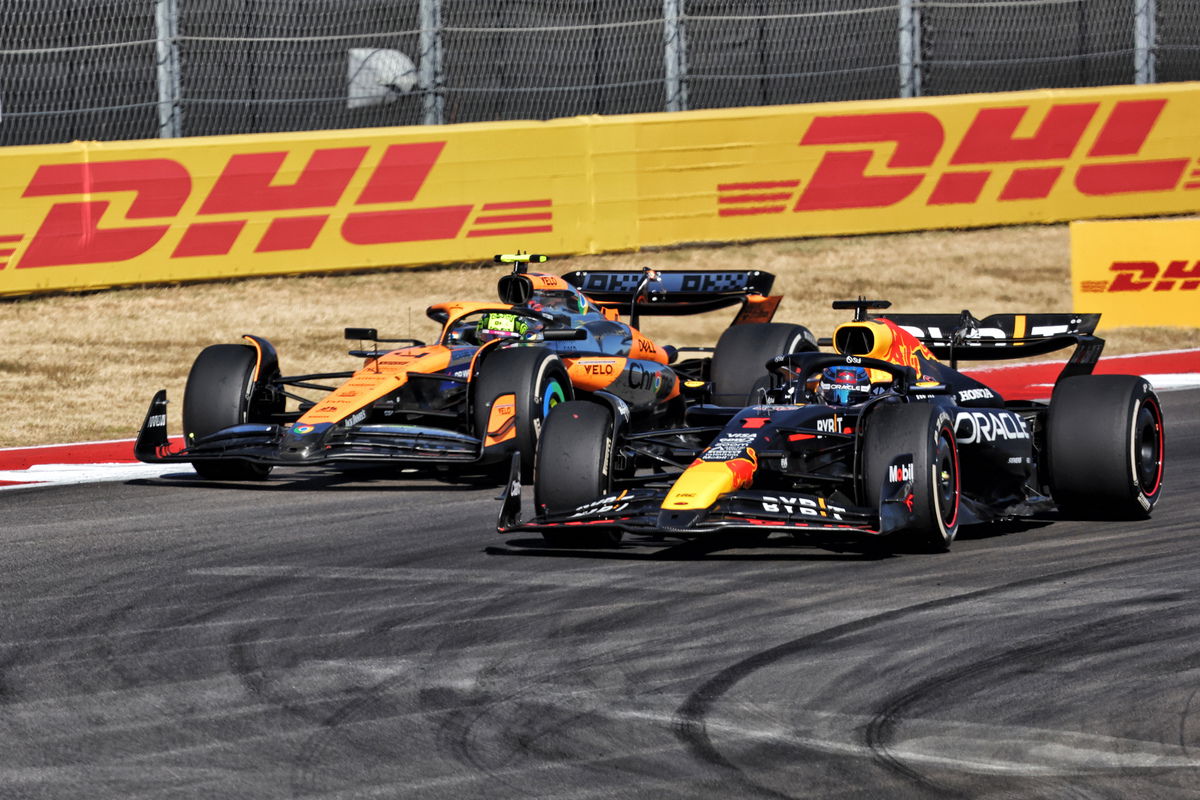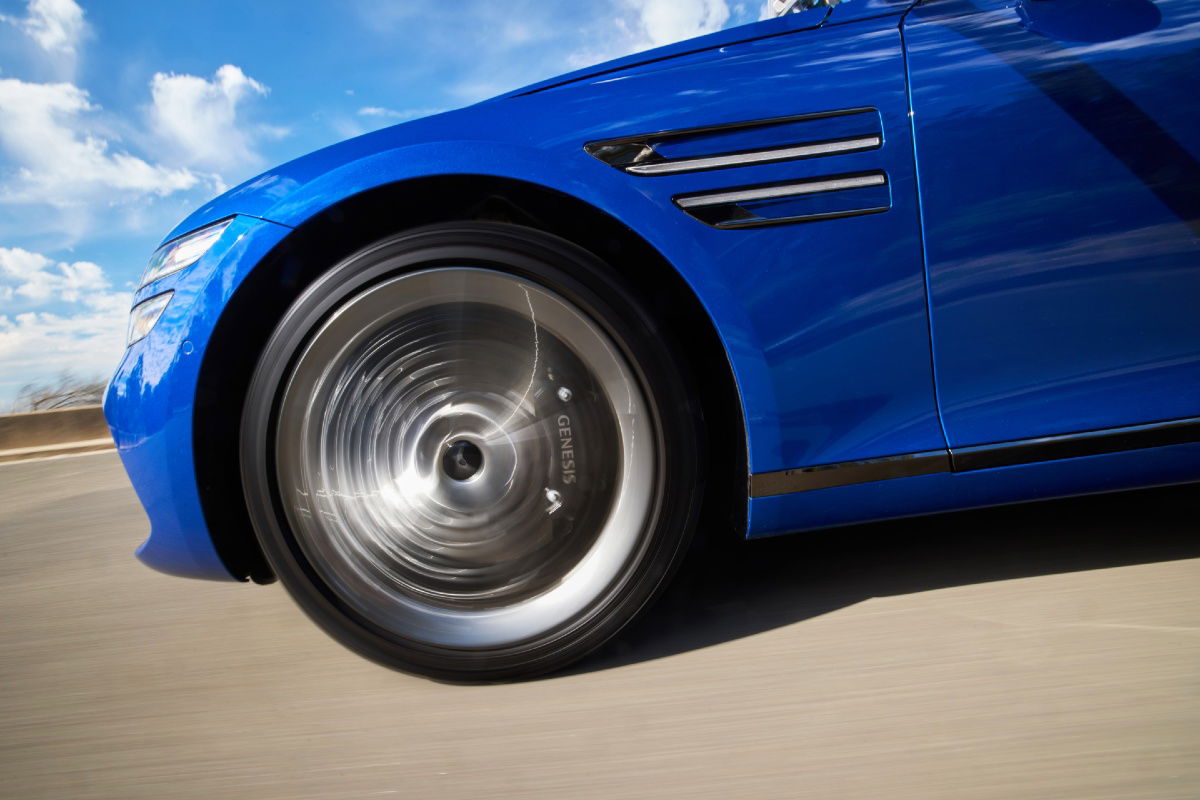

McLaren exercised its Right of Appeal on Thursday (local time) over the penalty that dropped Norris from third on the road in Circuit of The Americas to fourth behind Max Verstappen.
Norris was penalised for leaving the road and gaining a lasting advantage late in last Sunday’s race.
The McLaren driver ran around the outside of his title rival as they scrapped for third place, arguably pushed there by the Red Bull Racing driver as he defended the apex of Turn 12.
However, Verstappen too ran wide, a point noted by officials at the time, who nonetheless deemed Norris had gained a lasting advantage.
Under the Right of Review process, teams are obliged to present relevant evidence that wasn’t available at the time of the original decision.
The two-part process first meets to establish whether that criteria has been met and, if satisfied, then progresses to a re-evaluation of the incident.
In this instance, the FIA did not feel McLaren’s submission was not relevant or new.
McLaren entered the initial hearing arguing the original decision made statements that were incorrect, specifically that “Car 4 was overtaking Car 1 on the outside but was not level with Car 1 at the apex.”
According to the outcome of the initial Right of Review hearing, it was claimed that the “statement was in error because McLaren had evidence that Car 4 had already overtaken and was ahead of Car 1 ‘at the braking zone’.
“That this error is significant and relevant and is new and was unavailable to McLaren at the time of the decision.”
It was a view rebuffed by Red Bull Racing whose representative, sporting director Jonathan Wheatley, argued McLaren had in fact not met any criteria for the Right of Appeal.
The heart of McLaren’s argument lie in the fact it believed Norris was in fact the defending car, and not Verstappen, a point which, in theory, would change the way in which the driving guidelines would be applied.
“McLaren appears to submit that the Stewards finding that ‘Car 4 was not level with Car 1 at the apex’ was an error and that Car 4 had overtaken Car 1 before the apex (and therefore that Car 1 was the overtaking car) and that this asserted error is itself, a new element,” the FIA outcome document noted.
“This is unsustainable.
“A petition for review is made in order to correct an error (of fact or law) in a decision. Any new element must demonstrate that error.
“The error that must be shown to exist, cannot itself be the element referred to in Article 14.
“In this case, the concept that the written Decision (document number 69) was the significant and relevant new element, or that an error in the decision was a new element, is not sustainable and is, therefore rejected.
“Accordingly, as there is no relevant new element, the Petition is rejected.”
McLaren subsequently issued a statement acknowledging the rejection.
“We acknowledge the Stewards’ decision to reject our petition requesting a Right of Review,” it read.
“We disagree with the interpretation that an FIA document, which makes a competitor aware of an objective, measurable and provable error in the decision made by the stewards, cannot be an admissible “element” which meets all four criteria set by the ISC, as specified in Article 14.3.
“We would like to thank the FIA and the stewards for having considered this case in a timely manner.
“We will continue to work closely with the FIA to further understand how teams can constructively challenge decisions that lead to an incorrect classification of the race.”






















Discussion about this post